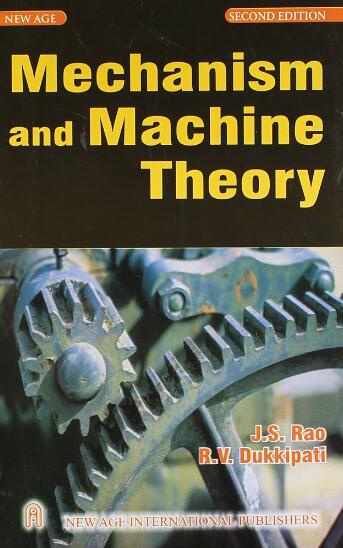精确再现人体膝关节运动模式的仿生机器人关节机构的仿生概念和合成方法
IF 4.5
1区 工程技术
Q1 ENGINEERING, MECHANICAL
引用次数: 0
摘要
人体膝关节(HKJ)表现出复杂的运动模式,其特点是滚动和滑动运动的耦合以及瞬时旋转中心的移动。在机器人关节中再现这种运动模式具有重要的科学和工程价值。本文探讨了仿生机器人关节(BRJ)仿生设计中的两个主要挑战:难以准确再现所需的运动以及缺乏关节机构的系统结构合成方法。首先,在深入分析和理解香港关节的基础上,提出了开发新型 BRJ 机构的仿生概念,通过引入高位对来实现香港关节运动模式的精确再现。然后,进一步研究了面向任务的合成方法,以系统、高效的方式找到创新设计方案,包括高位对的轮廓合成和整体机构的结构合成。最后,通过对四连杆 BRJ 机构的案例研究,验证了所提方法的有效性,从而提出了具有潜在应用价值的创新设计方案。本文章由计算机程序翻译,如有差异,请以英文原文为准。
Bionic concept and synthesis methods of the biomimetic robot joint mechanism for accurately reproducing the motion pattern of the human knee joint
The human knee joint (HKJ) exhibits a complex motion pattern characterized by a coupling of rolling and sliding movements as well as a moving instantaneous center of rotation. Reproducing this motion pattern in robot joints holds significant scientific and engineering value. This paper addresses two primary challenges in the bionic design of the biomimetic robot joint (BRJ): the difficulty in accurately reproducing the required motion and the absence of systematic structural synthesis methods for joint mechanisms. Firstly, a bionic concept is proposed to develop novel BRJ mechanisms based on the in-depth analysis and understanding of the HKJ, which realizes accurate reproduction of the HKJ motion pattern by introducing the higher pair. Then, task-oriented synthesis methods are further investigated to find innovative design solutions in a systematic and efficient way, including the profile synthesis of the higher pair and the structural synthesis of the overall mechanism. Finally, a case study of the four-link BRJ mechanism validates the effectiveness of the proposed method, resulting in innovative design schemes with potential applications.
求助全文
通过发布文献求助,成功后即可免费获取论文全文。
去求助
来源期刊

Mechanism and Machine Theory
工程技术-工程:机械
CiteScore
9.90
自引率
23.10%
发文量
450
审稿时长
20 days
期刊介绍:
Mechanism and Machine Theory provides a medium of communication between engineers and scientists engaged in research and development within the fields of knowledge embraced by IFToMM, the International Federation for the Promotion of Mechanism and Machine Science, therefore affiliated with IFToMM as its official research journal.
The main topics are:
Design Theory and Methodology;
Haptics and Human-Machine-Interfaces;
Robotics, Mechatronics and Micro-Machines;
Mechanisms, Mechanical Transmissions and Machines;
Kinematics, Dynamics, and Control of Mechanical Systems;
Applications to Bioengineering and Molecular Chemistry
 求助内容:
求助内容: 应助结果提醒方式:
应助结果提醒方式:


